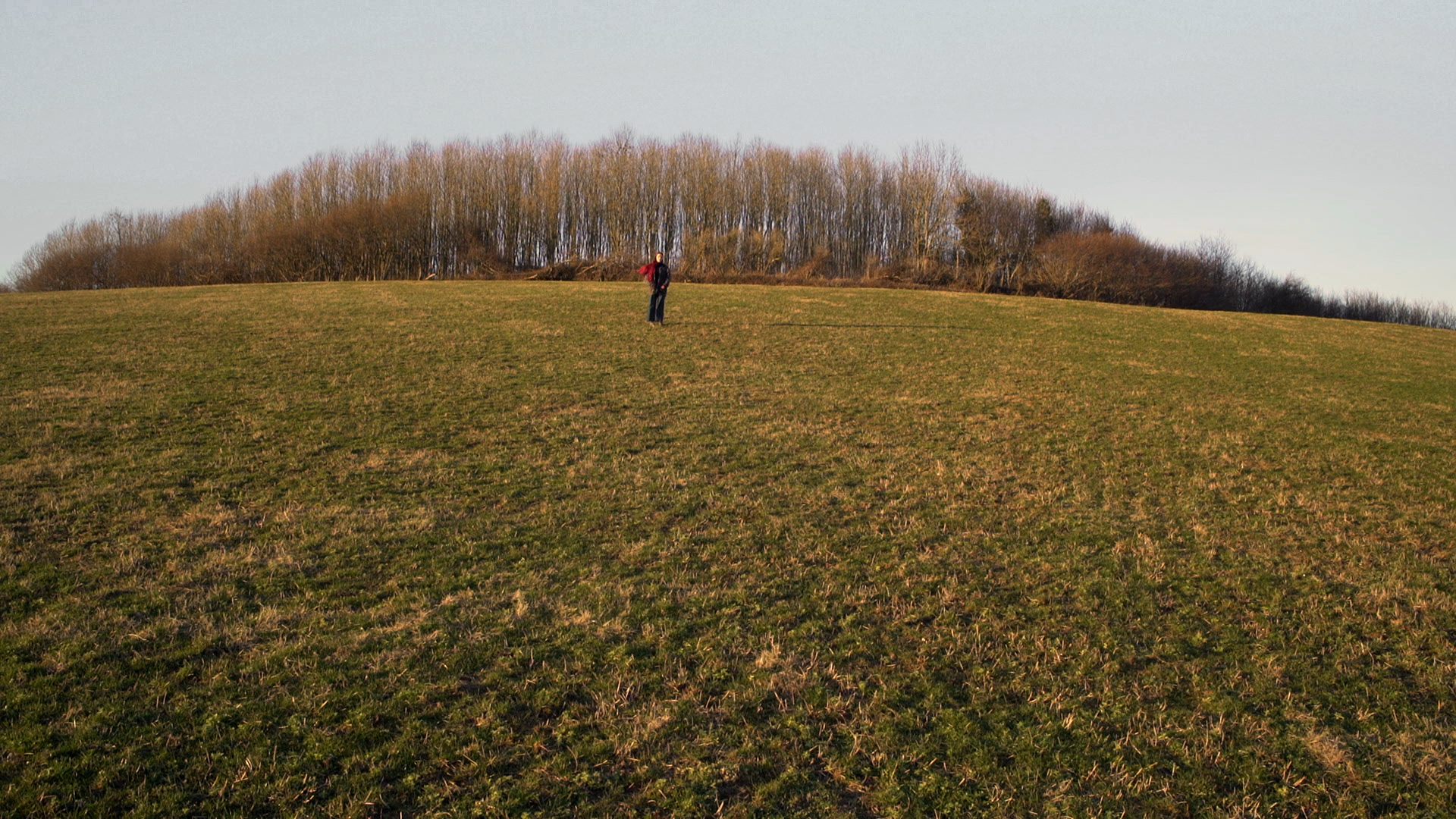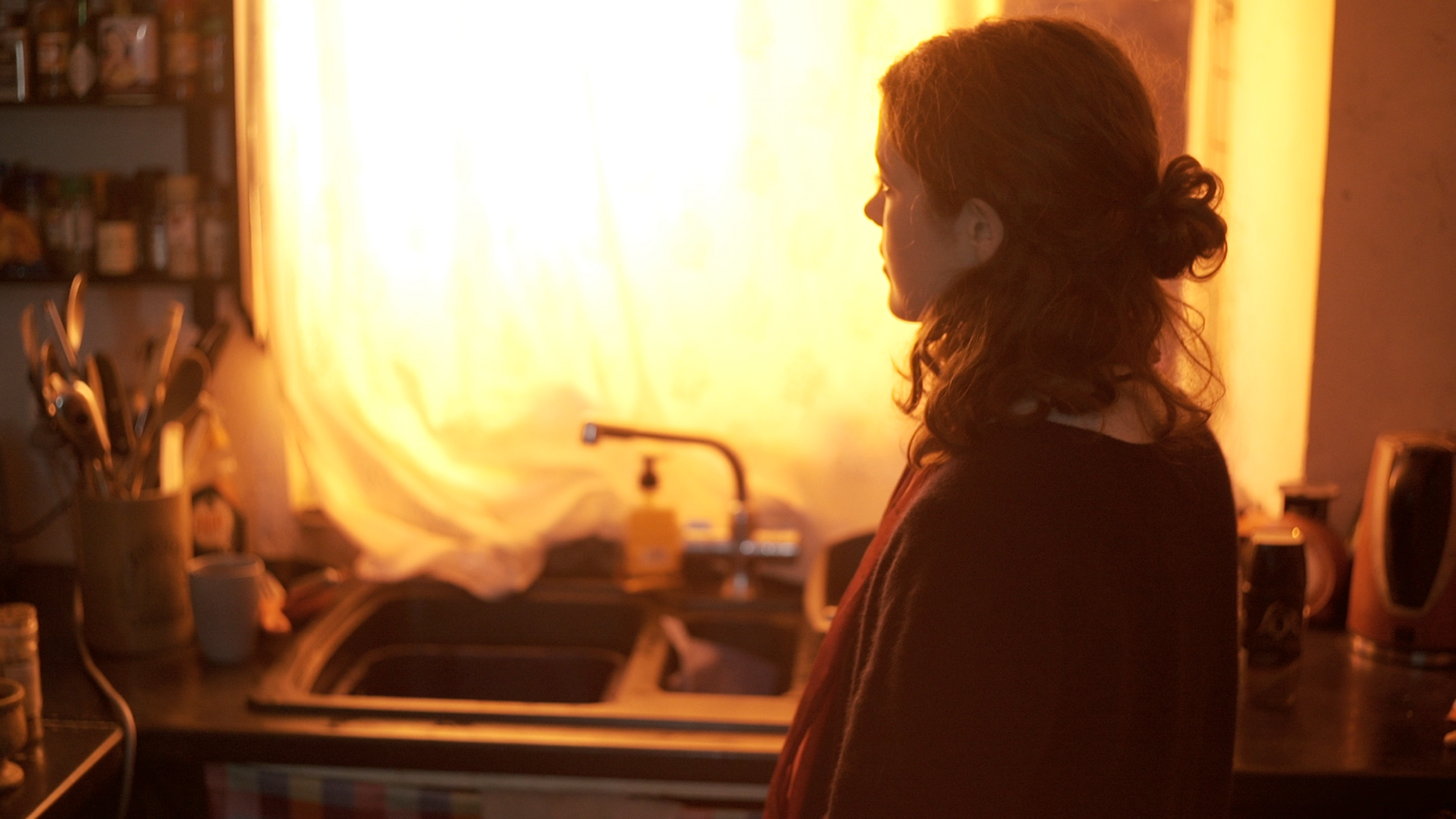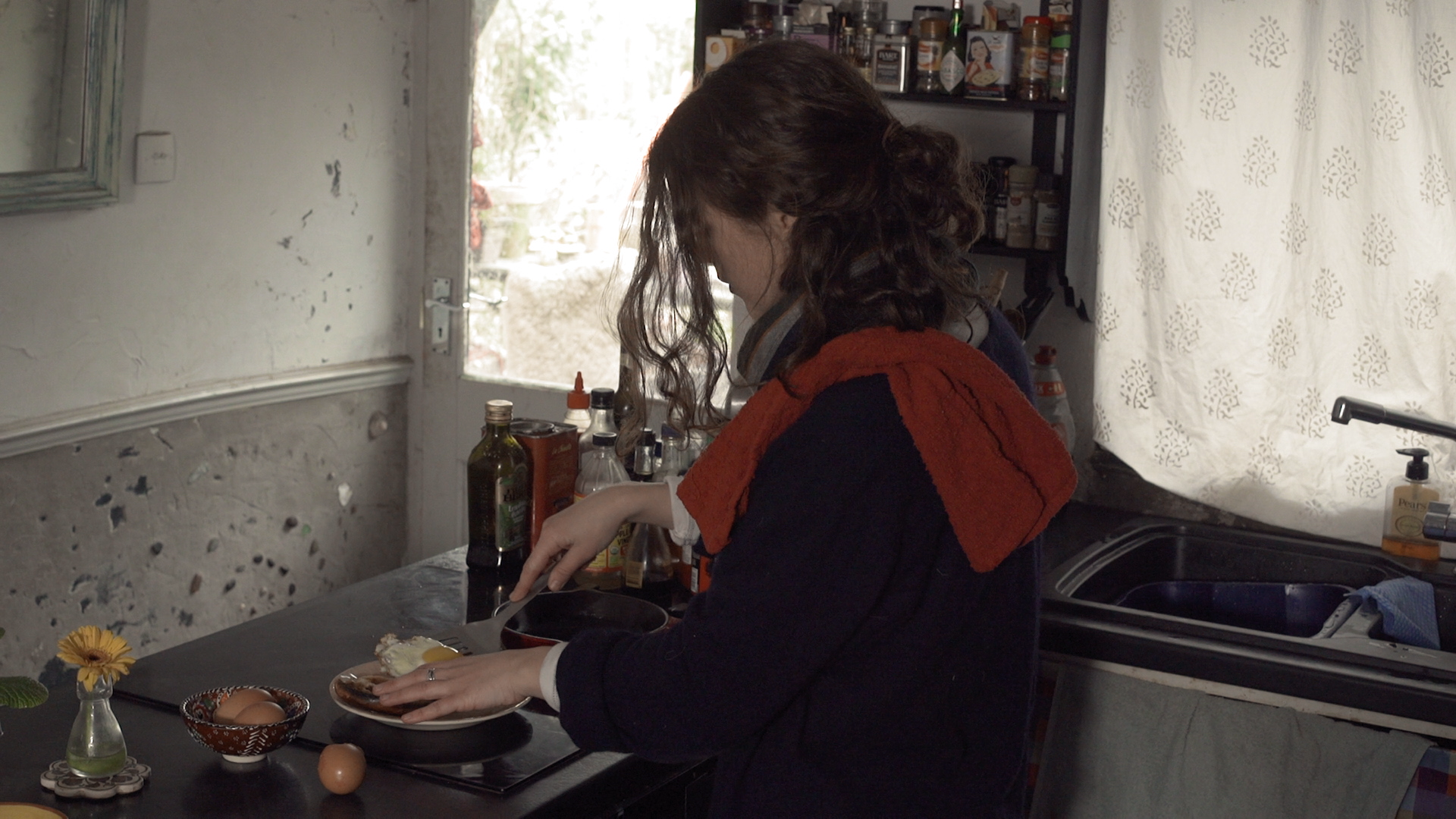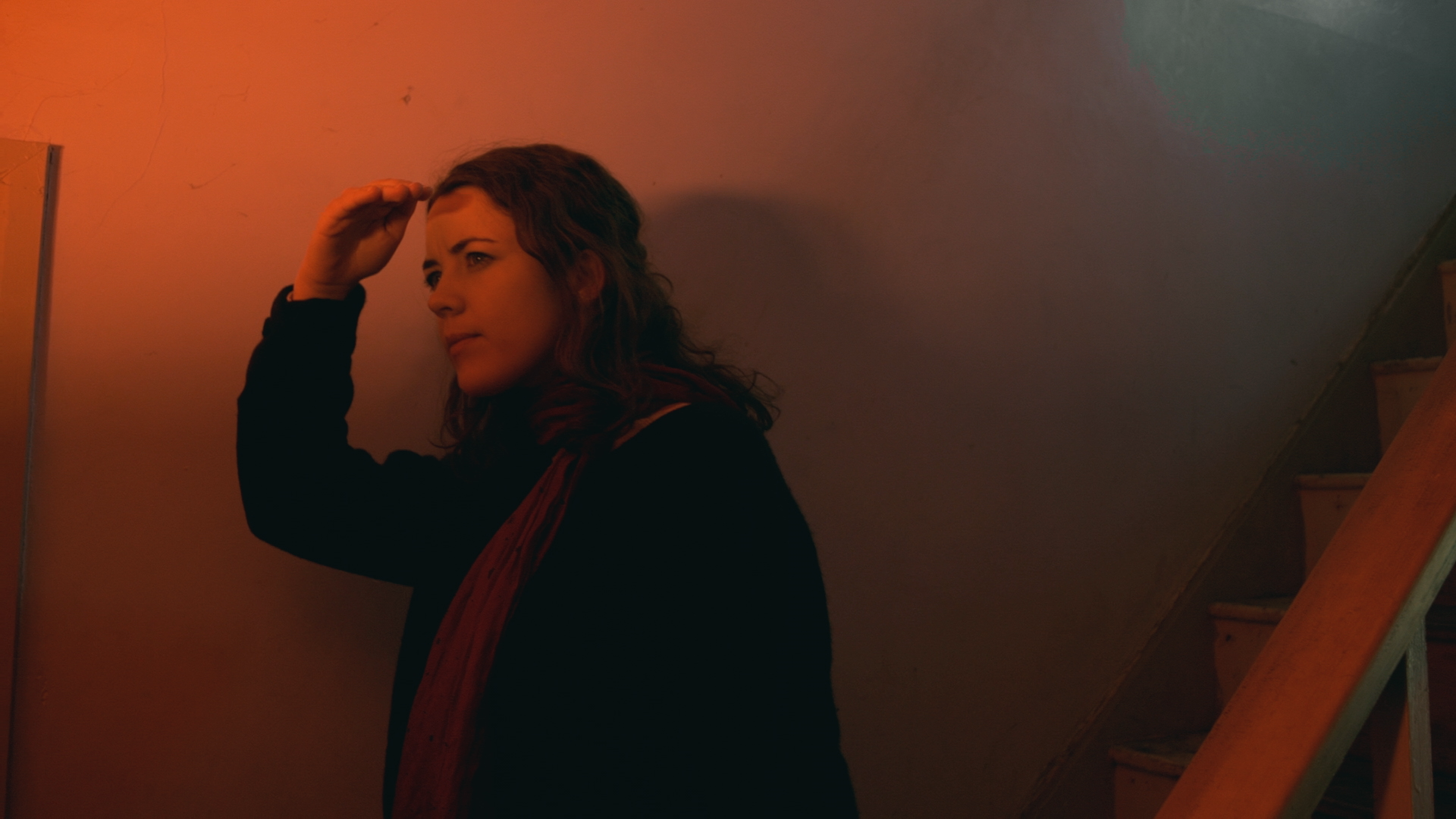Tangled Morning (2021)
Alice has woken up and it's just another day. We, or more accurately you, are accompanying her. Press play and spend a few minutes with Alice in Chasing Cow’s new experimental short film, made in lockdown for the Bridport Art Centre’s Return of the Natives II festival.
Introduction to the Film
Reflections by Tom Beed, writer and sound designer.
The simplest way to describe our new short Tangled Morning (TM) is that it is a silly little film, where all the sound is wrong. If accuracy is your main concern then you can probably stop reading here, but if inclined to look past this, the following will be of interest.
One of the central artistic choices made during production was the uncoupling of the sound and the image, in order for these two elements of cinematic reality to be stitched back together. In our feature Brink by Brink (2020), the sound was not recorded simultaneously to the action, but created with a degree of autonomy from the image whilst not outwardly disturbing its relation to reality. In an evolution of this practice, which allows one to experiment with, and to specifically target, the sound of all sorts of everyday objects, the soundscape for TM is disjointed, mischievous, and assembled roughly so as to create a generalised feeling of suspicion in the viewer. It was also decided that the camera should be entirely handheld, so as to imbue the frame with the energy of the active participant, not so much be drawn into Alice’s world, but to feel there already.
The main inspiration for the film was the influential Avant-Garde short Meshes of the Afternoon (1943) by Maya Deren and Alexander Hammid. While she made several experimental shorts, Deren also made significant contributions to film theory, such as in the essay Cinematography: The Creative Use of Reality (1960), in which, among other things, she argues that for cinema to become a fully-fledged art form, “it must create a total experience out of the very nature of the instrument”. This goes not just for the light sensor in the camera, but for the entire apparatus of film itself – the editing, lighting, physical dramatisation, and sound design. By not effacing the means through which one captures and manipulates the natural world, what occurs is the creation of a new reality. This generation of reality, of making it appear in such and such a fashion, is the means by which cinema expresses itself as an autonomous art form. It is not a question of representing natural phenomena, but of manipulating them through the “invented event”, which “borrows reality from the reality of the scene...from all the uncontrolled spontaneous elements which are the property of actuality itself”. In our film, the manipulation of the expected congruence between image and sound, the not-quite-rightness of the objects surrounding Alice, was the method by which we wanted to exploit film as form. The insistence in classical film theory of representing reality in a ‘faithful’ manner, seems a silly predilection to me. I was always under the impression that what a photograph is of and what it is about were, more often than not, very different – moreover this about-ness seems to be where the actual creativity comes from, and should take up most of the time spent producing a film.
A distinct element in the soundscape is that of the ambient hum – intended to be emitted by the objects by which Alice is captured. The closeness of this is contrasted with the cacophony of the birdsong of the hill scenes, in which the partaking of the majesty of nature is shot through with both the relief of such an experience, and also the anxiety of what Alice suspects has been creeping up on her. The heavy symbolism of this sequence, achieved through both the reversal of the passiveness of natural ambience into a kind of chorus that signals calamity, and the literal reversal of the images, culminates in another spatial jump that takes us not just out of the scene, but of the film as a whole.




